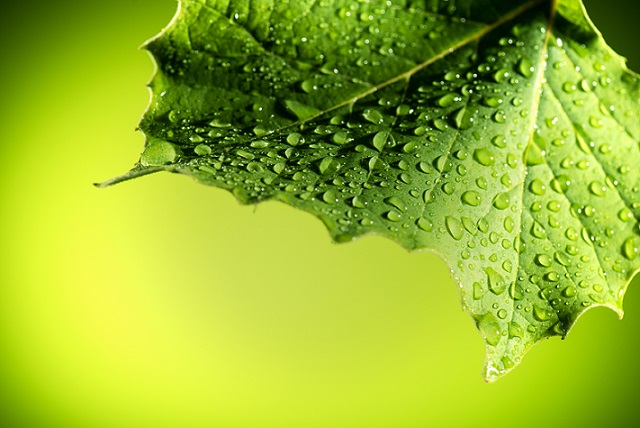What is Transpiration in Trees? How Trees Use Transpiration
Water is critical for the growth and health of all trees. Trees have developed ways to absorb, store, and use water to grow and maintain health. The process of receiving and using water is called transpiration. Transpiration in trees is a fascinating, self-sustaining process.
What is Transpiration?
Transpiration is the way water moves through plants. The tree roots absorb water from the soil, and then the water is pulled up the tree, eventually reaching the leaves. As the water reaches the leaves, the sun heats the water, converting from a liquid into vapor, which is called evaporation. The water vapor passes through tiny pores called “stomata” on the leaves, evaporating into the air, where the rest of the water cycle repeats. Transpiration is a critical process for a plant or tree’s health.
The two main purposes of transpiration are cooling a plant and providing water to leaves for photosynthesis. Only a small amount of water, roughly 5 percent, is used by the plant for growth. The rest of the water is used to help the plant or tree regulate temperature. But the leaves need a good amount of water for photosynthesis. The stomata need to be open for the leaves to take in carbon dioxide. However, the tree needs to prevent too much water from evaporating through the open stomata. Transpiration is, in essence, a balancing act between the right amount of water for growth, photosynthesis, and cooling off.
How Do Trees Use Transpiration?
Transpiration in trees works in the same general way as other plants. Tree roots absorb water through the soil, while the tree moves the water up, against gravity, to the leaves, cooling off and transpiring most of the water. A large oak tree can transpire up to 40,000 gallons of water per year. That large quantity of transpired water is partly due to the tree’s size, the number of leaves, and overall greater potential for water loss.
While transpiration is a self-sustaining process, trees can face problems that disrupt their sustainability. For instance, trees may struggle to provide enough nutrients to the leaves through water if the soil is dry and lacking moisture. If a tree faces both a lack of water and scorching temperatures, the stomata of the leaves will close to conserve water, preventing growth. Dropping leaves is another, more drastic way of trees conserving water. Providing enough water to trees is important, especially during the hot summer months.
Contact Stein Tree Service for Your Tree Care Needs
Stein provides the services needed for tree health. Stein Tree has been in business for over 35 years, providing quality residential tree service to many communities in Pennsylvania and Delaware. Our staff of professional, certified arborists has experience, skills, and a passion for keeping trees healthy and strong. For more information on transpiration in trees or our services, contact Stein Tree Service.
CALL US
610.723.8072
Serving DE and PA
REQUEST A FREE, NO OBLIGATION CONSULTATION
FEATURED PROGRAMS
Stein Tree Earns Permit to Work in Spotted Lanternfly Quarantine Areas
Stein has a permit to work in spotted lanternfly quarantine areas in Pennsylvania and Delaware. Tree Service Companies have to be trained in proper moving and disposal of materials to avoid spread of the spotted lanternfly and Stein has completed the training courses. Learn more.
Emerald Ash Borer Inspection
In the spring, destructive emerald ash bore![]() r (EAB) adult beetles begin to emerge. These invasive pests can destroy your ash trees. Our specialists are certified to treat for EAB in Pennsylvania and Delaware. For a free consultation, contact us today.
r (EAB) adult beetles begin to emerge. These invasive pests can destroy your ash trees. Our specialists are certified to treat for EAB in Pennsylvania and Delaware. For a free consultation, contact us today.


